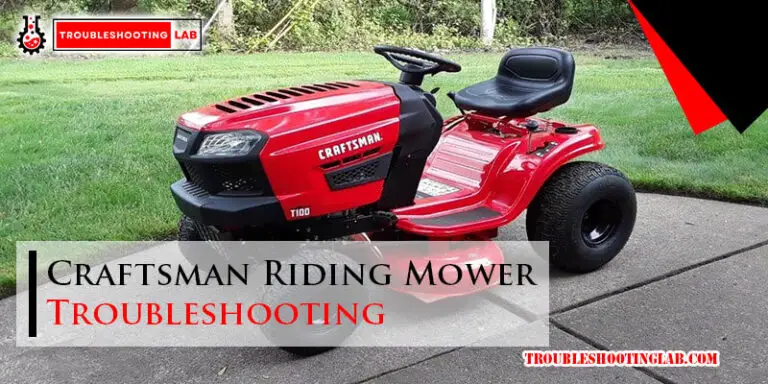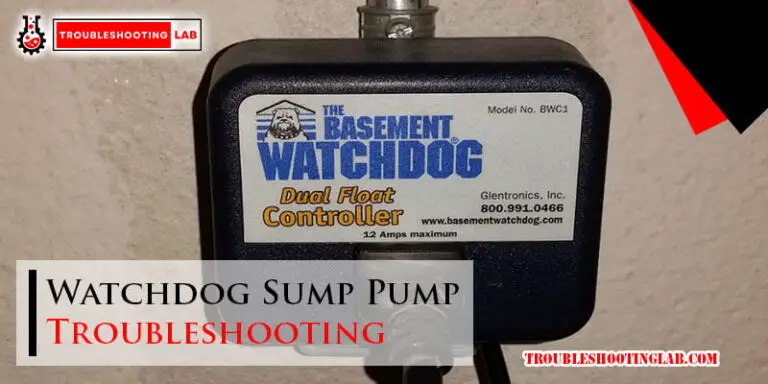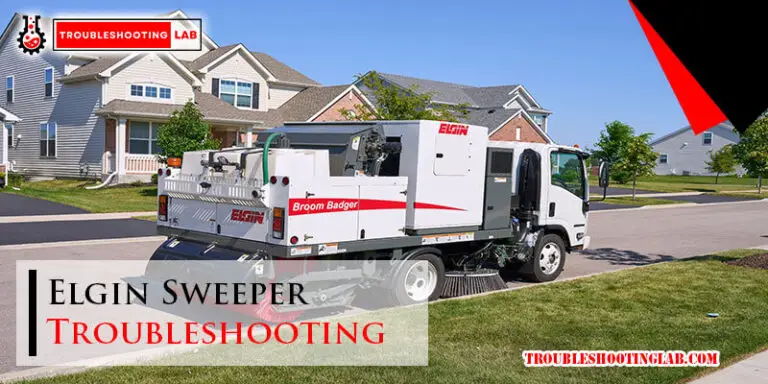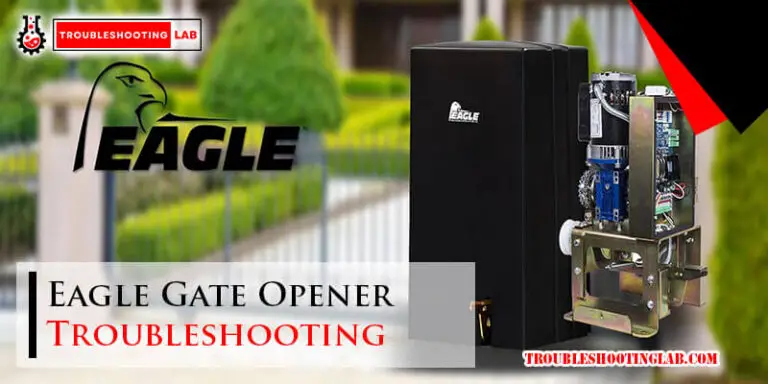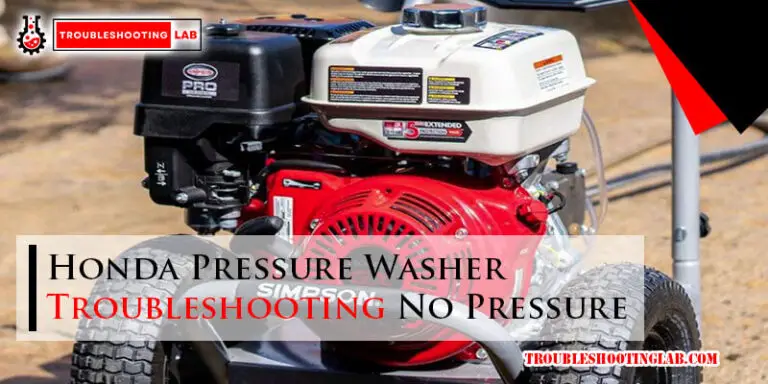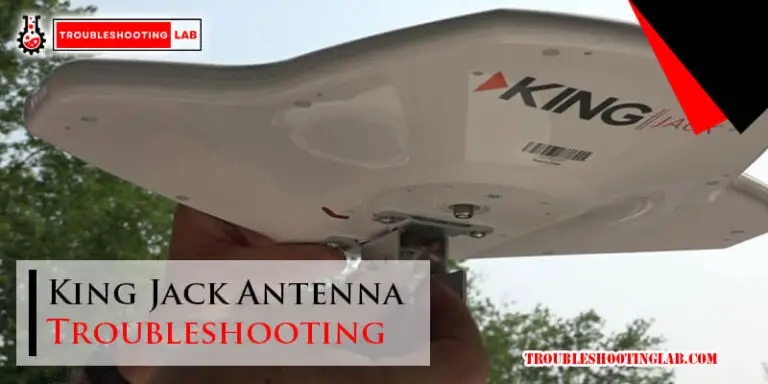Briggs And Stratton Pressure Washer Troubleshooting Guide
Owning a Briggs and Stratton pressure washer can make cleaning tasks easier. But what happens when it doesn’t work correctly?
Troubleshooting common issues can save time and money. Pressure washers have many parts, and sometimes they fail. Knowing how to fix simple problems can keep your pressure washer running smoothly. This guide will help you identify and solve common issues with your Briggs and Stratton pressure washer.
From engine troubles to water pressure problems, we will cover it all. By the end, you’ll feel confident tackling these issues on your own. So, let’s dive in and get your pressure washer back to working order.

Credit: www.ebay.com
Common Issues
Pressure washers are fantastic tools for cleaning. But, like any machine, they can run into issues. In this section, we’ll cover some common problems with Briggs and Stratton pressure washers. Knowing these can help you fix your machine quickly. Let’s dive into some of the most frequent issues you might face.
No Pressure
One common issue is no pressure from the washer. This can happen for several reasons:
- Blocked Nozzle: Check the nozzle for any debris. Clean it thoroughly.
- Clogged Water Inlet: Inspect the water inlet for blockages. Clear any obstructions.
- Pump Problems: The pump might be damaged or worn out. Consider replacing it.
- Incorrect Settings: Ensure the pressure settings are correct. Adjust as needed.
Addressing these points can often restore the pressure. Regular maintenance helps prevent these issues.
Leaking Water
Another frequent problem is leaking water. This can occur due to:
- Loose Connections: Check all hose connections. Tighten any that are loose.
- Damaged Hoses: Inspect hoses for cracks or holes. Replace damaged hoses.
- Faulty Seals: Seals inside the machine can wear out. Replace any faulty seals.
- Worn O-rings: O-rings can degrade over time. Inspect and replace them as needed.
Fixing leaks not only saves water but also ensures the washer performs efficiently. Regular checks can help catch these issues early.
| Issue | Possible Cause | Solution |
|---|---|---|
| No Pressure | Blocked Nozzle | Clean the nozzle |
| No Pressure | Clogged Water Inlet | Clear obstructions |
| Leaking Water | Loose Connections | Tighten connections |
| Leaking Water | Damaged Hoses | Replace hoses |
Regular maintenance and inspections can help keep your pressure washer in top shape. Addressing these common issues promptly can extend the life of your machine.
Engine Problems
Dealing with engine problems on your Briggs and Stratton pressure washer can be frustrating. These issues often disrupt your cleaning tasks and lead to delays. Understanding common engine problems can help you troubleshoot and fix them quickly. Below are some common engine issues and their solutions.
Won’t Start
If your pressure washer engine won’t start, first check the fuel. Make sure the tank has fresh gasoline. Old fuel can cause starting problems. Next, inspect the spark plug. A dirty or damaged spark plug may prevent the engine from starting. Clean or replace it as needed.
Also, check the air filter. A clogged air filter can restrict airflow and prevent the engine from starting. Clean or replace the air filter. Lastly, ensure the ignition switch is in the “On” position.
Runs Rough
If the engine runs rough, it might be due to dirty fuel. Drain the old fuel and refill the tank with fresh gasoline. Check the spark plug for any signs of wear. Replace it if necessary. A dirty or damaged spark plug can cause the engine to run unevenly.
Inspect the air filter for clogs. Clean or replace it to ensure proper airflow. Another cause could be a blocked fuel line. Check the fuel line and clean it if you find any blockages. Proper fuel flow is essential for smooth engine operation.
Pump Issues
Experiencing pump issues with your Briggs and Stratton pressure washer can be frustrating. Understanding the common problems can help you fix them. Here, we explore two major pump issues: low pressure and overheating.
Low Pressure
Low pressure in your pressure washer can make cleaning tasks difficult. Here are some common causes and solutions:
- Clogged Nozzle: Check the nozzle for dirt. Clean it with a needle.
- Water Supply: Ensure the water supply is adequate. The hose should not be kinked.
- Inlet Filter: Clean the inlet filter. Dirty filters restrict water flow.
If these steps do not resolve the issue, you may need to check the pump seals or the unloader valve.
Overheating
Overheating is another common problem. It can damage the pump if not addressed. Here are some reasons and solutions:
| Cause | Solution |
|---|---|
| Pump Running Too Long: | Turn off the pump every 15 minutes. Let it cool down. |
| Blocked Vent: | Check and clean the vents. Ensure proper airflow. |
| Oil Level: | Check the oil level. Add oil if it is low. |
Maintaining your pressure washer and addressing pump issues promptly can extend its lifespan. Regular checks and cleaning can prevent many common problems.
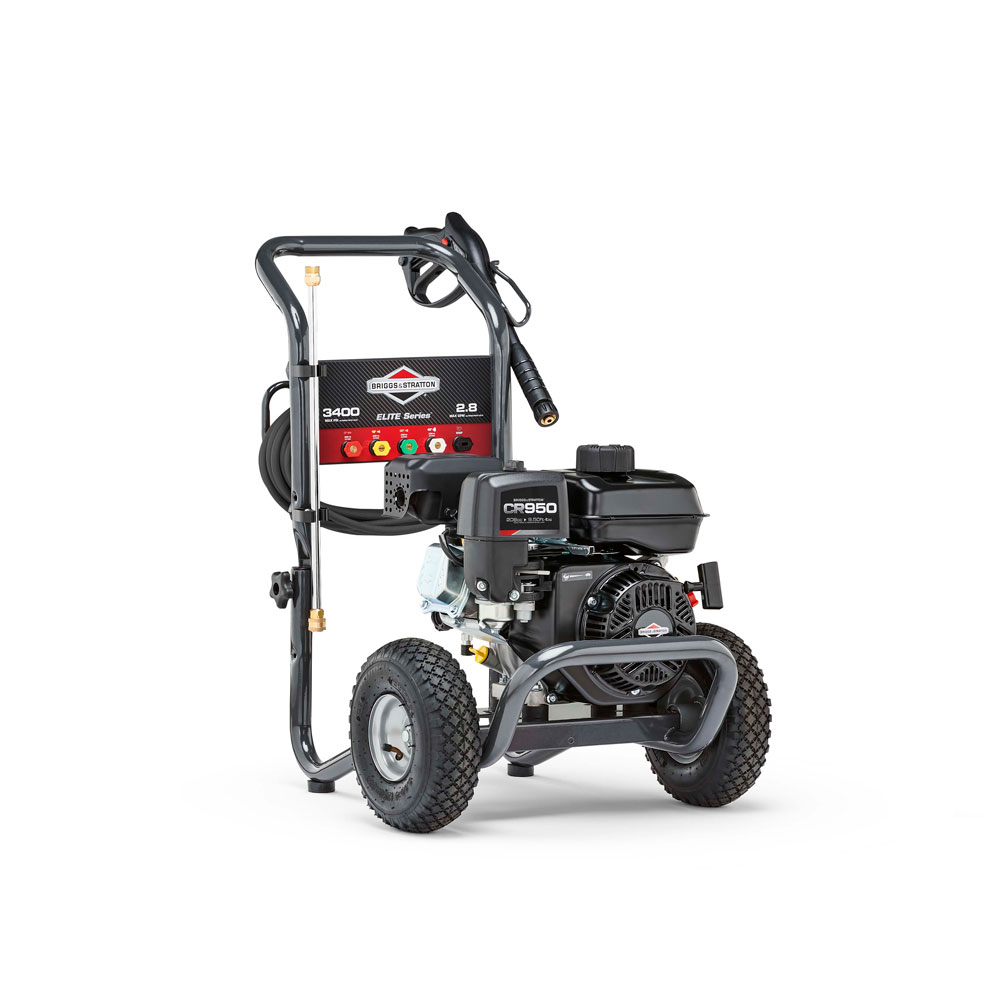
Credit: www.briggsandstratton.com
Hose And Nozzle Problems
Briggs and Stratton pressure washers are reliable tools for cleaning. Yet, hose and nozzle problems can arise, affecting performance. Addressing these issues can restore the washer’s efficiency. Here are common hose and nozzle issues and how to fix them.
Blocked Nozzle
A blocked nozzle can reduce water flow. Debris often causes clogs. Inspect the nozzle for dirt or residue. Use a small brush to clean it. A pin or paperclip can help clear stubborn blockages. Regular cleaning prevents future clogs.
Damaged Hose
A damaged hose can lead to leaks. Check for cracks or splits. Replace damaged hoses immediately. Regular inspection helps maintain the hose’s condition. Store the hose properly to avoid kinks and damage. A well-maintained hose ensures optimal pressure washer performance.
Fuel System Issues
Experiencing fuel system issues with your Briggs and Stratton pressure washer can be frustrating. These issues can cause your pressure washer to perform poorly or not start at all. Understanding and troubleshooting these common problems can help you get your pressure washer back to optimal performance. Let’s look at two common fuel system issues: fuel leaks and a dirty fuel filter.
Fuel Leaks
Fuel leaks can be a major problem. They not only waste fuel but also pose a safety hazard. Check for any visible signs of leaks around the fuel lines, fuel tank, and carburetor. Here are a few steps to identify and fix fuel leaks:
- Inspect the fuel lines for cracks or damage.
- Ensure that all connections are tight and secure.
- Replace any damaged fuel lines or gaskets.
If you find any damaged parts, replace them immediately. This simple check can prevent fuel leaks and ensure your pressure washer runs smoothly.
Dirty Fuel Filter
A dirty fuel filter can restrict the flow of fuel to the engine. This can cause the engine to run poorly or not start at all. To check and clean your fuel filter, follow these steps:
- Locate the fuel filter. It is usually between the fuel tank and the carburetor.
- Remove the fuel filter. Be careful not to spill any fuel.
- Inspect the filter for dirt and debris.
- If dirty, clean the filter with a suitable cleaner. If heavily clogged, replace it.
Make sure the fuel filter is clean to keep the fuel flowing smoothly. This ensures the engine runs efficiently.
Regular maintenance of the fuel system can prevent many common issues. By keeping an eye on potential problems like fuel leaks and a dirty fuel filter, you can ensure your Briggs and Stratton pressure washer stays in good working condition.
Electrical Problems
Briggs and Stratton pressure washers are known for their reliability. Yet, electrical issues can arise, causing headaches. Understanding these problems helps in quick troubleshooting. This section covers two common electrical problems: faulty switch and battery issues.
Faulty Switch
A faulty switch can stop your pressure washer from working. To check if the switch is the problem, follow these steps:
- Turn off the power supply.
- Inspect the switch for visible damage.
- Use a multimeter to test the switch’s continuity.
If the switch is defective, replace it. Here’s what you need:
- New switch
- Screwdriver
- Multimeter
Replacing the switch is simple. Unscrew the old switch, connect the new one, and secure it. Test your washer to ensure it functions properly.
Battery Issues
Battery issues can prevent your washer from starting. Here are some common signs of battery problems:
- Slow cranking
- Clicking sound
- No response when starting
To troubleshoot battery issues, follow these steps:
- Check the battery terminals for corrosion.
- Clean the terminals if needed.
- Test the battery voltage with a multimeter.
- Ensure the battery is fully charged.
If the battery is dead, replace it with a new one. Here’s what you need:
- New battery
- Wrench
- Multimeter
Installing a new battery is easy. Disconnect the old battery, connect the new one, and secure it. Test your washer to ensure it starts correctly.
Maintenance Tips
Regular maintenance is crucial for keeping your Briggs and Stratton pressure washer in top condition. Proper care ensures it runs smoothly and lasts longer. Follow these maintenance tips to avoid common issues and improve the performance of your equipment.
Regular Cleaning
Keeping your pressure washer clean is vital. Dirt and debris can clog the system and cause damage. Follow these steps for regular cleaning:
- After each use, rinse the exterior with water.
- Use a soft brush to remove dirt from the nozzle.
- Check the water inlet screen and clean it if needed.
- Inspect the spray gun and wand for blockages.
Never use harsh chemicals to clean your washer. They can harm the internal parts. Stick to water and mild soap if needed.
Proper Storage
Storing your pressure washer correctly extends its lifespan. Follow these guidelines for proper storage:
- Drain all water from the pump and hoses.
- Store in a dry, cool place away from direct sunlight.
- Disconnect and store the battery separately if applicable.
- Cover the unit with a protective sheet to keep dust away.
If storing for a long period, add a pump protector to prevent freezing and corrosion.
When To Seek Professional Help
Understanding the basics of troubleshooting your Briggs and Stratton pressure washer can save you time and money. But sometimes, issues are too complex to handle on your own. Knowing when to seek professional help is crucial. This ensures your pressure washer continues to work efficiently and safely.
Persistent Issues
If you experience recurrent problems that basic troubleshooting can’t fix, it’s time to call a professional. These persistent issues can include:
- Engine won’t start after several attempts.
- Pressure fluctuates or remains low.
- Unusual noises during operation.
- Leaks that won’t seal with basic repairs.
These issues may indicate underlying problems that require a trained technician. They have the tools and knowledge to diagnose and fix complex faults.
Complex Repairs
Some repairs are too complex for the average user. Attempting these without expertise can lead to further damage. Consider professional help for:
| Repair Type | Description |
|---|---|
| Engine Overhaul | Involves disassembling and inspecting the engine components. |
| Pump Replacement | Requires specialized tools and knowledge of pressure systems. |
| Electrical Issues | Involves diagnosing and fixing wiring or electronic control faults. |
Attempting these repairs without the right skills can be dangerous. It can also void your warranty. Always seek professional help for these complex tasks.
In summary, understanding when to seek professional help is vital. It protects your investment and ensures your pressure washer operates safely and effectively.
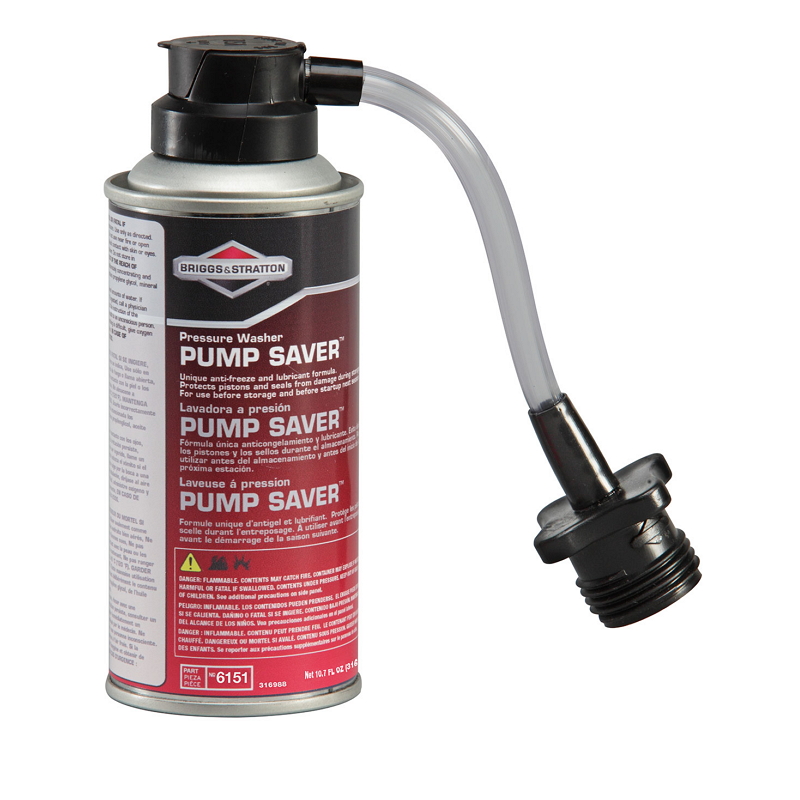
Credit: www.briggsandstratton.com
Frequently Asked Questions
How Do I Start A Briggs And Stratton Pressure Washer?
Ensure fuel is fresh. Check oil level. Turn the switch on. Pull the starter cord.
Why Won’t My Pressure Washer Start?
Check fuel level. Inspect spark plug. Ensure oil is sufficient. Clean air filter. Examine ignition coil.
What To Do If Pressure Washer Has No Pressure?
Check for clogged nozzle. Inspect hose for kinks. Ensure water supply is adequate. Clean inlet filter.
Why Is My Pressure Washer Smoking?
Check oil level. Ensure no fuel leaks. Inspect spark plug. Clean air filter. Examine muffler.
How To Maintain A Briggs And Stratton Pressure Washer?
Regularly change oil. Clean or replace air filter. Inspect spark plug. Flush pump after use. Store properly.
Conclusion
A Briggs and Stratton pressure washer can face various issues. Regular maintenance is key. Clean filters and check hoses for blockages. Inspect the spark plug and fuel supply. Replace any worn-out parts promptly. Following these steps ensures your pressure washer runs smoothly.
Troubleshooting can save time and money. Always refer to the user manual for specific guidance. With these tips, you can handle common problems confidently. Enjoy a hassle-free cleaning experience.

